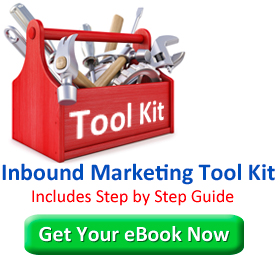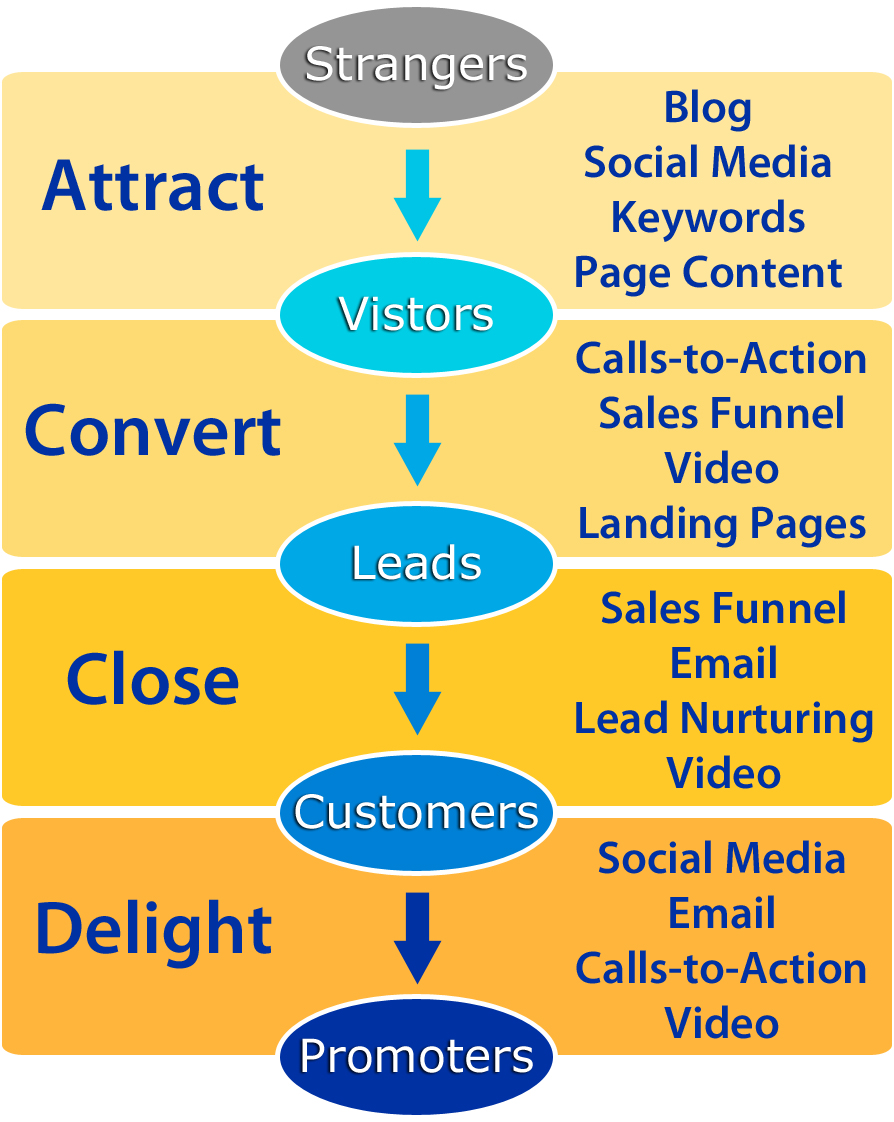 Planning an upcoming event? While seminars, tradeshows, conventions, and intimate retreats have been around for ages, this doesn’t mean that you can’t update your event marketing strategy to better meet the times. Below are a few modern marketing twists to update your event marketing strategy.
Planning an upcoming event? While seminars, tradeshows, conventions, and intimate retreats have been around for ages, this doesn’t mean that you can’t update your event marketing strategy to better meet the times. Below are a few modern marketing twists to update your event marketing strategy.
Get Social – Social media is a great tool to use before, during, and after your event. Before the event, you can drum up interest by releasing teasers, interviewing some of your scheduled speakers, issuing time-sensitive discounts, and holding contests. Just before the event, create an event specific hashtag and encourage attendees to use it throughout the event. Not only does this open the door for virtual conversations, your social media followers who couldn’t attend in person can follow along. You can also use hashtags to encourage attendees at live presentations to ask questions. At the end of the presentation, answer some of those questions.
Use QR Codes – QR codes are those quirky little squares you see in magazines, newspapers, and occasionally, on products. Using either a Web or smartphone app, you can create your own custom QR codes. When someone scans the code with a smartphone, your message – whatever it may be – will appear. Use QR codes to play a video, send attendees to a specific URL, giveaway a special report, encourage users to “like” you on Facebook, and more. QR codes can be printed and placed on virtually anything including signs and promotional items. You could even have a QR code embroidered on your shirt if you wanted.
Create a Cozy Space for Attendees to Power Nap or Power Up – Have you ever noticed that some of the most popular booths at trade shows have hammocks or chairs? While you may not be in the hammock or chair selling business, it’s not a bad idea to create a comfy space for attendees to get off their feet and relax for a few minutes. While you’re at it, consider making power outlets available for attendees to plug in their mobile devices for a quick charge.
Use Email Judiciously – It’s easy to go overboard with event-related email messages. Obviously, you’ll want to send targeted emails to people you think could benefit from attending your event. Likewise, you’ll want to send a confirmation email after someone registers to attend. You may want to send a reminder a few days before or share hotel information. However, there’s a fine line between being informative and being spammy. Try not to cross that line.
Use Streaming Video – While it’s not fair to paying attendees to broadcast the event to a wide audience for free, you could use streaming video to broadcast selected events to people who could not attend in person. Alternately, you could offer a “virtual” attendance package for a price, again limiting access so that the virtual package isn’t so attractive that it prevents people from attending in person.
Use Recorded Videos – Similarly, you could sell videos of some of the presentations after the fact. Again, be sensitive to your paying audience so that they feel that their physical attendance was the best possible value. For example, you could add value to your live audience by offering exclusive access to videos after-the-fact for free (or for a nominal fee) while charging non-attendees a premium per video.
Choose Speakers Your Audience Wants to Hear – Just as with other marketing methods, it’s crucial to match content with your audience. This means you absolutely need to know your audience. Create personas, hold focus groups, survey your customers, and use other methods to gain a deeper understanding of your audience’s interests.
Despite dramatic changes in marketing, event marketing is alive and well. Use these tips to modernize your event marketing strategy.
















 Though the details are fuzzy, it appears that Apple is working on ad-free TV. According to a recent report by Jessica Lessin, a technology journalist for the Wall Street Journal, posted on her own website, Apple has been in negotiations with TV networks and cable companies. Apple apparently wants to offer a premium service that allows subscribers to skip ads for a fee. A portion of this fee would reimburse the networks and cable companies for the lost advertising revenue. Premium subscribers would access the content via a set-top Apple device.
Though the details are fuzzy, it appears that Apple is working on ad-free TV. According to a recent report by Jessica Lessin, a technology journalist for the Wall Street Journal, posted on her own website, Apple has been in negotiations with TV networks and cable companies. Apple apparently wants to offer a premium service that allows subscribers to skip ads for a fee. A portion of this fee would reimburse the networks and cable companies for the lost advertising revenue. Premium subscribers would access the content via a set-top Apple device. If you graduated with a marketing degree more than a few years ago, your expertise remains valuable but it could be starting to show its age. As you know, the world has become more connected, more social, and more instantaneous. Consumers have different expectations than they did before the era of instant communication. As such, classic marketing techniques have changed – have you kept up with the times?
If you graduated with a marketing degree more than a few years ago, your expertise remains valuable but it could be starting to show its age. As you know, the world has become more connected, more social, and more instantaneous. Consumers have different expectations than they did before the era of instant communication. As such, classic marketing techniques have changed – have you kept up with the times? You work long and hard crafting “feel good” ad campaigns with positive messages. However, a little negativity can be a good thing when used judiciously. Below are five ways to channel your inner grumpiness when marketing your business.
You work long and hard crafting “feel good” ad campaigns with positive messages. However, a little negativity can be a good thing when used judiciously. Below are five ways to channel your inner grumpiness when marketing your business.
 A quick Internet search will show you that, yes, you can buy virtually anything online including email lists. In fact, you can buy a list containing thousands of email addresses of consumers in just about any demographic you’d like. Imagine having a huge list of email addresses that you can mail to right away. It’s tempting, isn’t? As attractive as it may sound, purchasing email lists is a seriously bad idea for several reasons. Let’s take a look.
A quick Internet search will show you that, yes, you can buy virtually anything online including email lists. In fact, you can buy a list containing thousands of email addresses of consumers in just about any demographic you’d like. Imagine having a huge list of email addresses that you can mail to right away. It’s tempting, isn’t? As attractive as it may sound, purchasing email lists is a seriously bad idea for several reasons. Let’s take a look.
